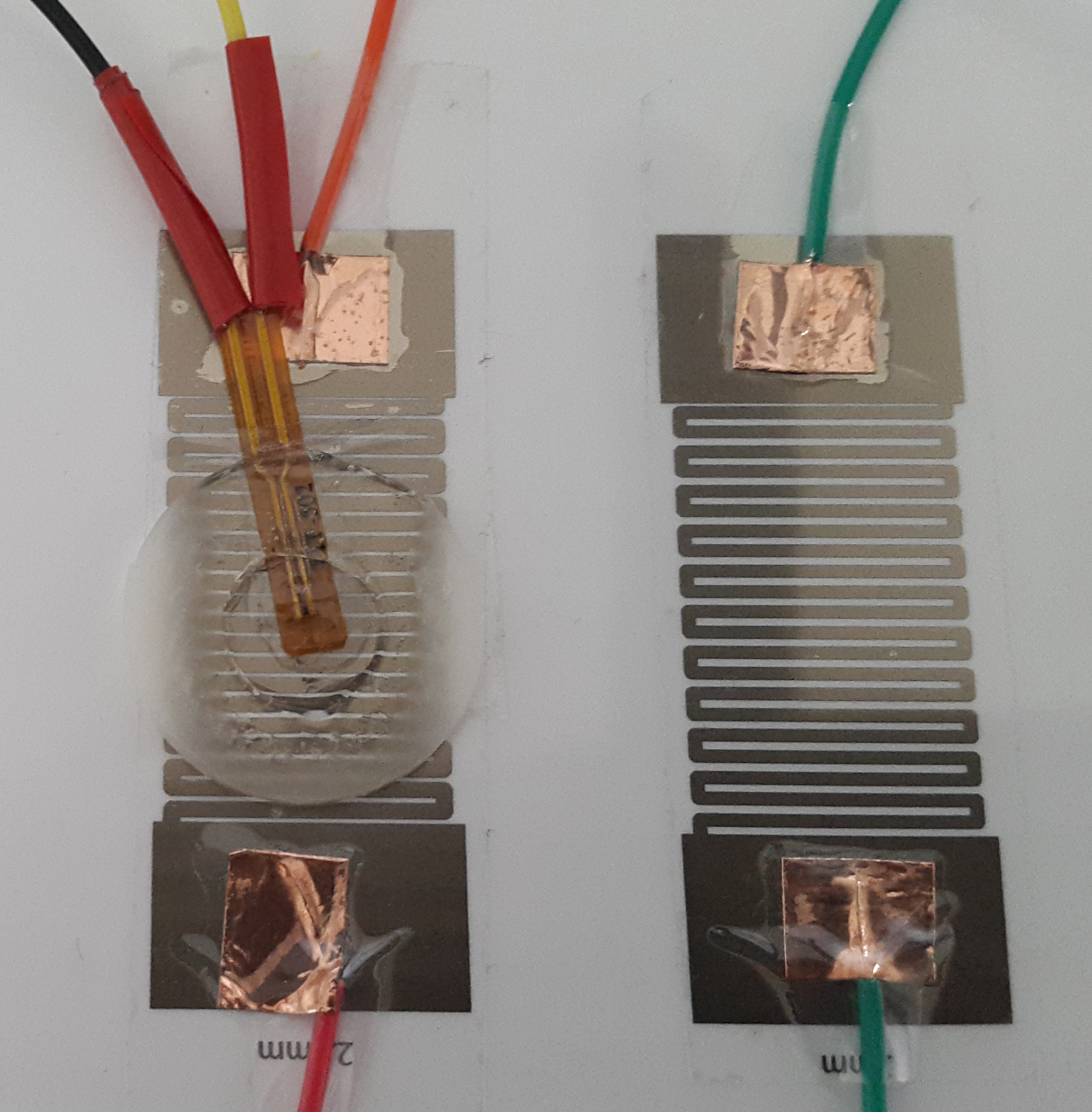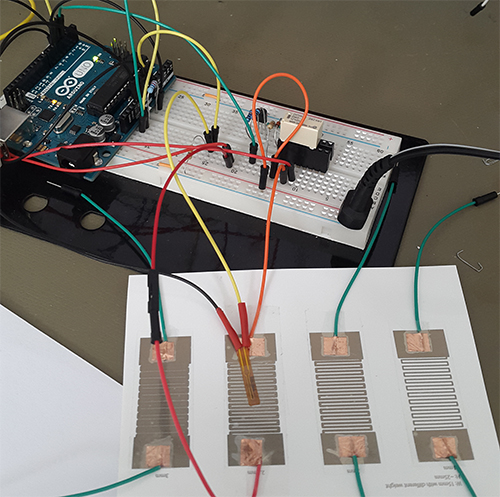


While 3D printing offers great design flexibility before an
object is printed, it is very hard for end-users to customize a
3D-printed object to their specific needs after it is printed. We
propose HotFlex: a new approach allowing precisely located
parts of a 3D object to transition on demand from a solid into
a deformable state and back. This approach enables intuitive
hands-on remodeling, personalization, and customization of
a 3D object after it is printed. We introduce the approach
and present an implementation based on computer-controlled
printed heating elements that are embedded within the 3D object.
We present a set of functional patterns that act as building
blocks and enable various forms of hands-on customization.
Furthermore, we demonstrate how to integrate sensing
of user input and visual output. A series of technical experiments
and various application examples demonstrate the practical feasibility of the approach.
My task involved creating proof-of-concepts and designing experiments for every primitive, pattern, and application described in our paper.

Figure 1. Application examples. a) An interactive shape-changeable bracelet. b) Interactive sealable treasure box with embedded TFEL display. c) Ergonomically customizable mouse: cutaway rendering and prototype after customization (cover removed to reveal deformation).

Figure 2. Inkjet-printed heating strip.

Figure 3. Inkjet-printed heating strip temperature test.

Figure 4. Hardware used to control heating strip.